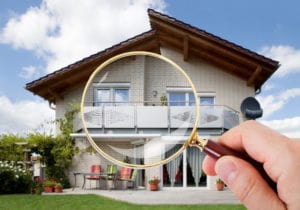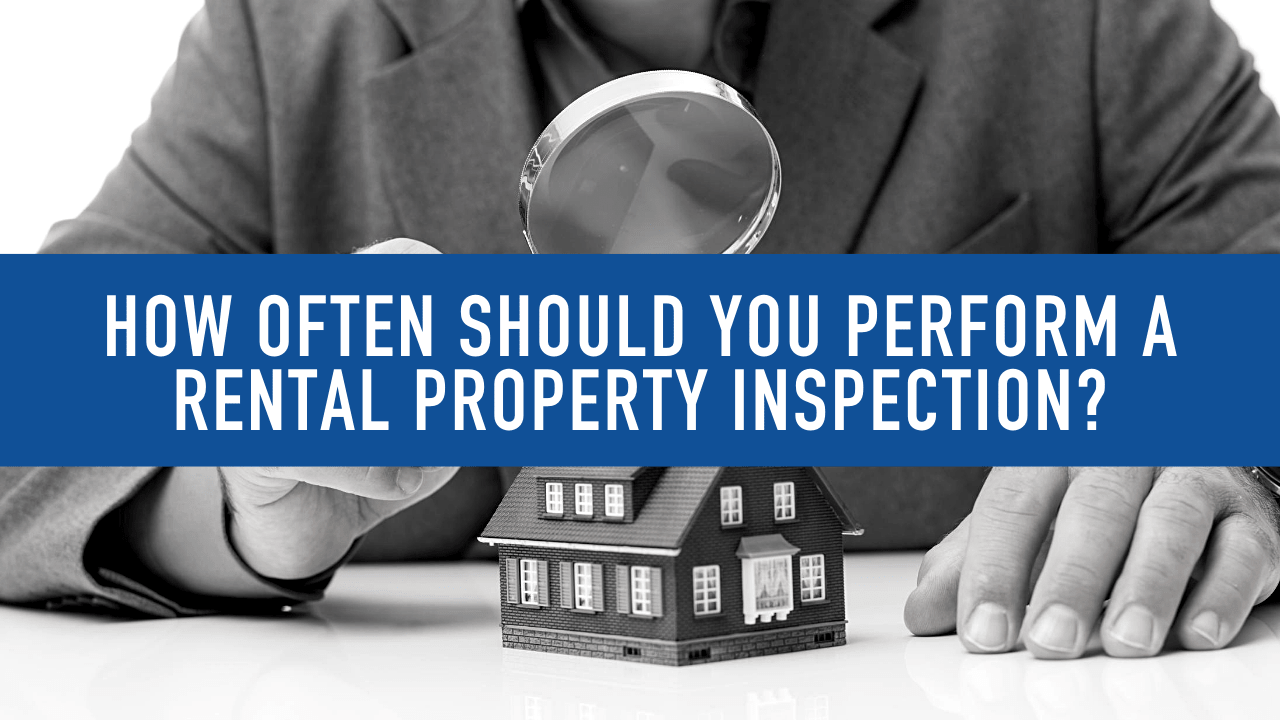Rental property inspections are the best tool you have to protect the condition of your investment home and ensure your tenants are following the terms of your lease. Inspections also allow you to check for deferred and unreported damage.
Most property owners know they have to inspect before tenants move in and after tenants move out. These inspections will help you document the condition of your property before and after the residency. While California law is strict about when and how you should enter a tenant’s occupied home, it’s a good idea to get inside at least once during the leasing period for a maintenance walk-through.
There may be reasons to inspect more frequently. If you have a reason to believe your tenant isn’t taking care of the property, or you see something suspicious while driving by the property, you might want to schedule an extra inspection. Otherwise, you want to balance your need to protect your investment against your tenant’s right to privacy and a quiet living environment free from disruptions.
Move-In Inspections of Your Santa Cruz Rental Property
The move-in inspection is necessary for two reasons:
- It allows you to check for any necessary repairs or maintenance concerns before your tenant moves into the home.
- It allows you to effectively document the condition of your home before the resident takes possession. This will be essential after the tenant moves out, when you’re conducting a new inspection and trying to determine whether the entire security deposit will be returned.
During this inspection, you’ll need to take careful notes and lots of pictures. This provides an accurate and complete picture of how the property looks when you hand it over to your tenants. It should show a clean, well-maintained home. When your tenant signs the inspection report, they’re agreeing to return it in the same condition.
Move-Out Inspections and Santa Cruz Security Deposits
California law requires you to offer your tenant a pre-move out inspection before the end of the lease. If your tenant takes you up on the offer, walk through the property together and point out anything that needs to be fixed in order for the security deposit to be returned.
After the tenant has vacated, get inside the property quickly to assess any damage that has been left behind. Do a thorough inspection with the same detail as the move-in inspection. Make notes and take pictures just like you did before the tenant moved in. Decide which issues are your responsibility and which are going to be charged to the tenant. Property owners are responsible for normal wear and tear. Nail holes in the walls, for example or scuff marks from where furniture rested are both examples of wear and tear.
Damage needs to be well-documented. Make sure you can clearly see that something has happened due to the tenant’s abuse or neglect. It could have been accidental, but you still have to hold the tenant accountable.
Rental Property Inspections During Occupancy
 The inspection you conduct during the course of the tenancy cannot be a surprise to your tenants. Let them know before they move in that you’ll want to get inside the property once a year, and put this in your lease agreement. Give them plenty of notice, and let them decide whether they want to be present when you’re inspecting.
The inspection you conduct during the course of the tenancy cannot be a surprise to your tenants. Let them know before they move in that you’ll want to get inside the property once a year, and put this in your lease agreement. Give them plenty of notice, and let them decide whether they want to be present when you’re inspecting.
Once you’re at the property, look for deferred or unreported maintenance issues. Confirm that your tenants are taking good care of the home and note any potential lease violations.
These are the basic and most important rental property inspections you should conduct. If you have any questions or need any help with Santa Cruz property management, please contact us at Real Estate Eight Three One.






